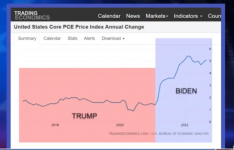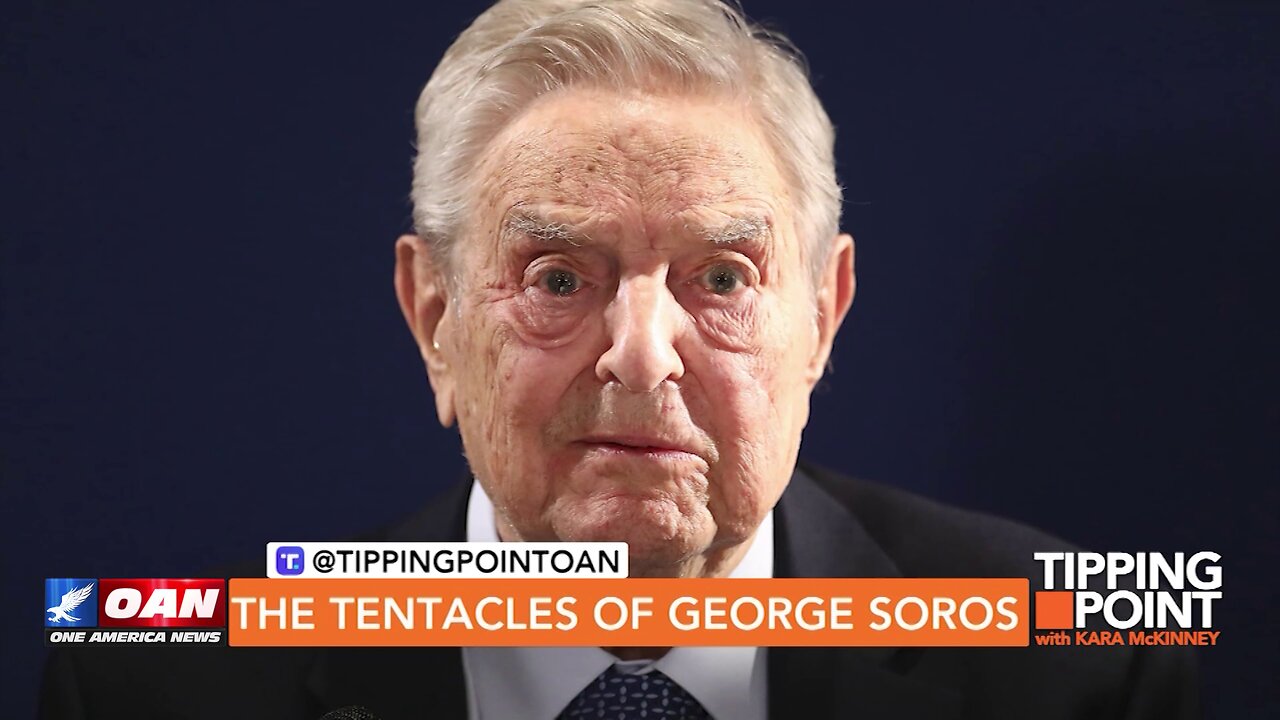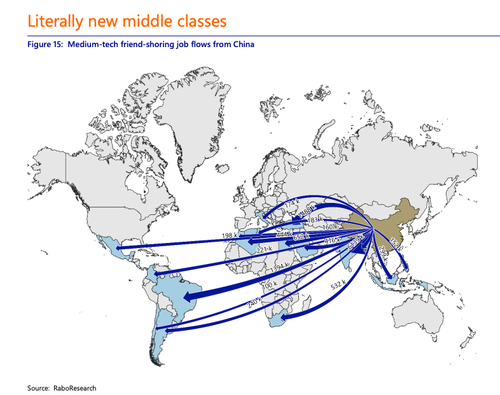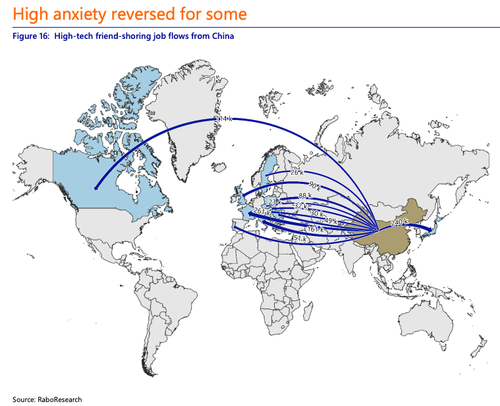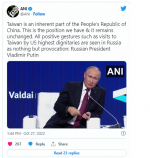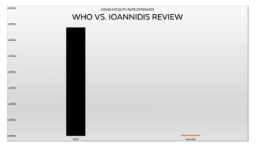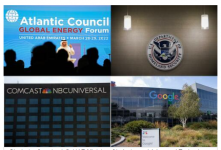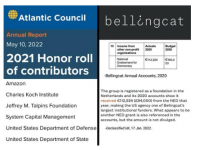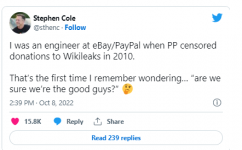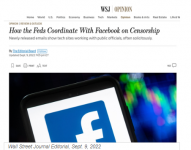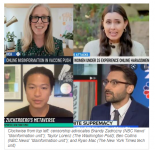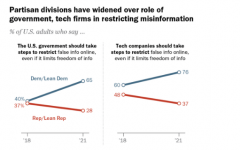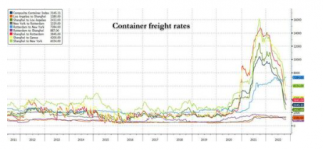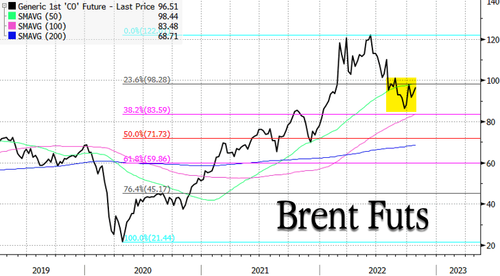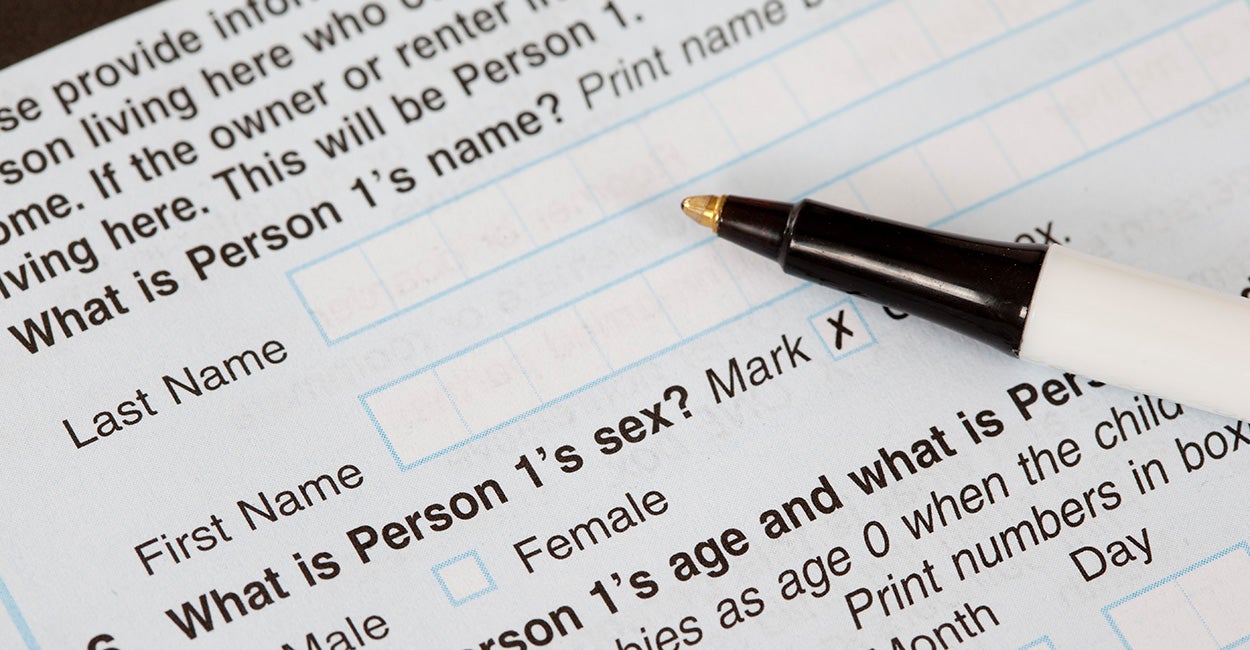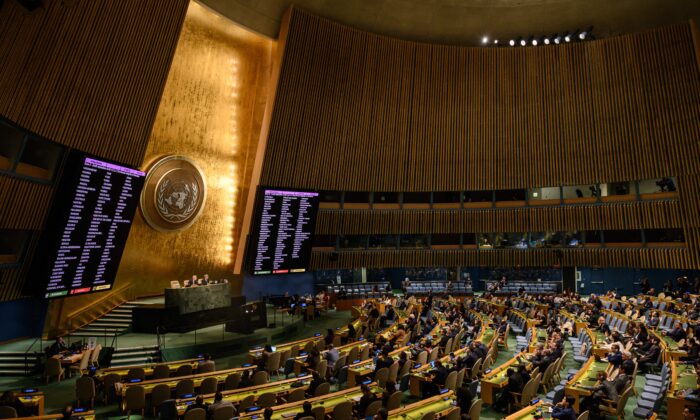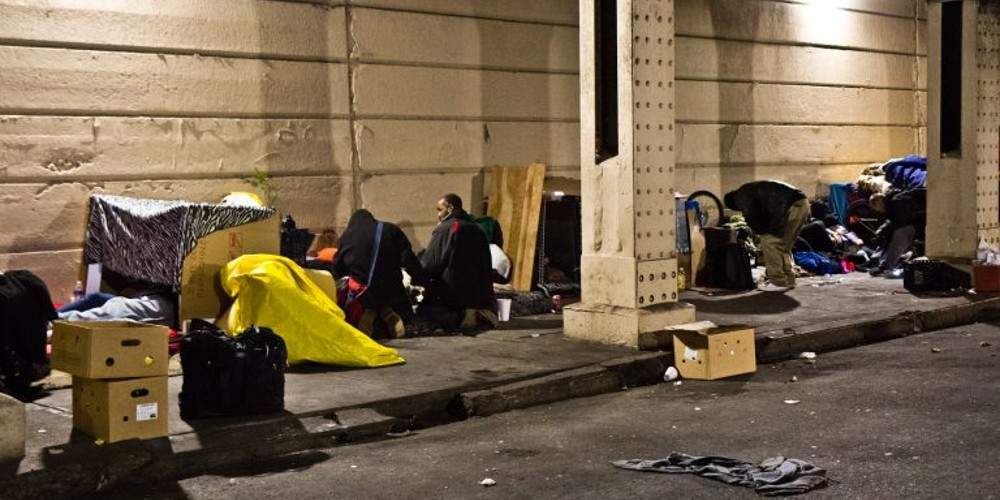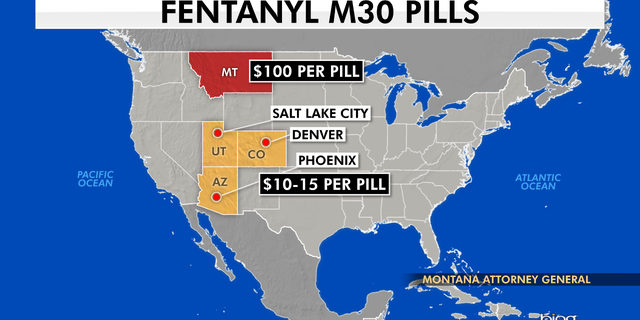
www.theepochtimes.com
Top US Banks Under Investigation Over ESG and Climate Action
By Alex Newman
October 27, 2022 Updated: October 27, 2022
A coalition of 19 state attorneys general from across the country launched a formal investigation into six major U.S. banks last week citing legal concerns about banks’ “ESG” investing and their involvement with a United Nations alliance fighting CO2 emissions.
The banks “appear to be colluding with the U.N. to destroy American companies” and undermine the nation’s best interests, one of the AGs warned in a statement e-mailed to The Epoch Times.
Another AG argued that these U.N.-inspired banking policies were resulting in jobs being sent to communist China as the regime there continues building coal-fired power plants to ensure low-cost, reliable energy.
The new investigation is the latest salvo by Republican-led states amid growing nationwide concerns about the “woke” policies of financial institutions and other powerful business interests.
Multiple attorneys general who spoke to The Epoch Times about the probe said it was their job to enforce consumer protection laws and protect citizens in their states from potentially illegal activity by companies.
In particular, officials are investigating the banks’ involvement in the controversial United Nations Net-Zero Banking Alliance (NZBA). The global network of banks, convened and overseen by the U.N., pledges to eliminate emissions of so-called “greenhouse gases” by 2050 by transforming their lending and investment practices.
Numerous AGs sounded the alarm about the U.N.’s involvement in targeting key American industries as banks cede policymaking influence to the global organization.
The top law-enforcement officers for the group of mostly Republican-controlled states said they have reason to believe the banks being investigated agreed to align their investing and loan portfolio with U.N. emissions goals.
The goals, outlined in the U.N. Paris Agreement on climate change, call for a transformation of the economy away from traditional energy sources.
Government and business leaders in developed nations including the United States and Western Europe agreed to pursue significant reductions in CO2.
The effect of these policies, the AGs warned, would be to starve key industries of credit—especially companies in the energy and agriculture sectors that are critical to the prosperity and even the national security of the United States.
The banks being scrutinized by the top lawmen for their states include Bank of America, Wells Fargo, Morgan Stanley, JPMorgan Chase, Goldman Sachs, and Citigroup.
Each of the companies was served last week with civil investigative demands, essentially acting as a subpoena, demanding that they turn over documents related to their involvement in the U.N. NZBA.
The banks are also expected to provide records of all “Global Climate Initiatives” in which they are participating, and how these U.N.-backed agendas are being incorporated into their businesses, civil investigative demands reviewed by The Epoch Times show.
In addition, the banks are being asked to give details on the involvement of their CEOs in the process and how the decisions were made.
Also under scrutiny are banking actions related to “Environmental, Social, and Governance” (ESG) investing. The controversial metrics take into consideration environmental and social policies in making business decisions, rather than simply the traditional metrics of risk and return.
Critics say ESG investing is being used to impose unpopular and economically harmful ideas on Americans while forcing businesses across the economy to adopt them. The term is increasingly being linked by opponents to a woke mentality, “social justice” ideas, and radical left-wing politics.
AGs Speak Out
“We got involved in this investigation because this is another attempt by the liberal woke left to shove their ideas down our throats, and since they can’t change the laws using the political process, they want to do it by weaponizing business,” said Montana Attorney General Austin Knudsen. “They are doing this out of some misplaced desire to advance their liberal agenda.”
But it may not be legal, Knudsen and many other state AGs say.
“This seems to run afoul of our consumer protection laws that I’m in charge of enforcing,” Knudsen continued in a phone interview with The Epoch Times, saying his office and elected officials at all levels were under growing public pressure to address the issue and potential legal violations.
“It gets cold here in Montana,” the attorney general added. “We need a robust energy sector to keep our homes warm—and we certainly can’t do that using wind and solar.”
Knudsen, who is also working with a coalition of state AGs focusing on investment behemoth BlackRock, said this was essentially a continuation of the same issue: Powerful banking and financial interests seeking to improperly impose their views on the public.
“You have corporate banking and the investment industry trying to flex their muscle and pressure businesses into a political direction and political action,” he said. “But that’s not their function. Their job is to provide credit and earn profit for shareholders.”
“This is a continuation of the woke ESG garbage that we’re having to deal with more and more,” the Montana AG added.
Going forward, Knudsen said “everything is on the table,” depending on the outcome of the investigation. Under consumer protection laws, the state has the authority to levy civil fines.
Knudsen said Montana lawmakers, who are also under growing public pressure, intend to take strong legislative action when the state legislature reconvenes next year.
The effects of these banking policies are hurting numerous legal industries, he continued, pointing to firearms businesses as examples of those “being pinched” by financial services and even insurance companies.
“These companies need to be held accountable, so we are all looking at what authorities are available,” Knudsen said. “All options are definitely on the table.”
In Oklahoma, Attorney General John O’Connor said his office joined the investigation for two primary reasons: “America is not run by the U.N.,” and “these banks are attacking Oklahoma fossil-fuel producers and consumers as well as Oklahoma jobs.”
“The Net-Zero Banking Alliance, overseen by the U.N., will destroy companies that are engaged in fossil fuel-related activities or depend on them for energy or these lenders for capital,” he explained in a statement emailed to The Epoch Times. “It is unacceptable that these banks are pushing an investment strategy designed to impose a leftist social and economic agenda.”
The subpoenas sent to the banks by O’Connor’s office include requests to explain how NZBA objectives are being incorporated into the banks’ operations and what actions they have taken to eliminate hydrocarbon energy from the economy.
Indiana Attorney General Todd Rokita sounded the alarm about what his office described as an “apparent conspiracy” involving the U.N. and the banks being probed.
“These banks appear to be colluding with the U.N. to destroy American companies that specialize in fossil fuels or otherwise depend on them for energy,” Rokita said. “They are pushing an investment strategy designed not to maximize financial returns but to impose a leftist social and economic agenda that cannot otherwise be implemented through the ballot box.”
Blasting ESG investing as a “scheme,” the Indiana AG vowed to protect the people of his state.
“This new woke-ism in the financial sector poses a real threat to everyday Hoosiers,” he continued. “Indiana’s farmers, truck drivers, and fuel-industry workers are hurt when the radical Left attacks whole segments of our economy. And it’s troubling that these banks in the Net-Zero Banking Alliance are taking marching orders from U.N. globalists all-too-eager to undermine America’s best interests.”
Missouri Attorney General Eric Schmitt warned that the Net-Zero Banking Alliance was a major threat to key industries in his state.
“Missouri farmers, oil leasing companies, and other businesses that are vital to Missouri’s and America’s economy will be unable to get a loan because of this alliance,” Schmitt warned in a statement e-mailed to The Epoch Times.
Missouri last week became the latest state to divest from BlackRock over its woke policies, announcing that it would withdraw some $500 million of pension fund investments held with the increasingly controversial financial giant.
Blasting the banks for “ceding authority to the U.N.,” the Missouri AG said these actions would result in the “killing of American companies that don’t subscribe to the woke climate agenda.”
“These banks are accountable to American laws—we don’t let international bodies set the standards for our businesses,” added Schmitt.
The Missouri lawman has become increasingly vocal about the threat he believes these trends pose to the nation, sounding the alarm about how these woke policies benefit communist China and its economy at America’s expense.
This summer, Schmitt’s office also sent civil investigative demands involving ESG investing to Morningstar and Sustainalytics.
Attorney General Ken Paxton of Texas vowed to get to the bottom of the relationship between the U.N. and the banks’ potential legal violations.
“The radical climate change movement has been waging an all-out war against American energy for years, and the last thing Americans need right now are corporate activists helping the left bankrupt our fossil fuel industry,” the Texas AG said.
“If the largest banks in the world think they can get away with lying to consumers or taking any other illegal action designed to target a vital American industry like energy, they’re dead wrong,” he continued. “This investigation is just getting started, and we won’t stop until we get to the truth.”
Other states that are investigating include Arizona, Arkansas, Kansas, Kentucky, Louisiana, Mississippi, Nebraska, Tennessee, and Virginia. At least five other states have joined but cannot be named due to state confidentiality policies.
In August, a similar coalition of state AGs
warned BlackRock CEO Larry Fink, a board member of the World Economic Forum and the powerful Council on Foreign Relations, that his company’s policies may be illegal.
“Our states will not idly stand for our pensioners’ retirements to be sacrificed for BlackRock’s climate agenda,” they warned, pointing to several potential legal violations involving the politically connected firm’s ESG investing.
Effects and Implications
Bloomberg, a media outlet that has vocally supported the U.N. climate agenda and was founded by Glasgow Financial Alliance for Net Zero (GFANZ) co-chair Michael Bloomberg, complained this month that Fink and other key financial leaders would not be at the upcoming U.N. COP27 climate conference in Egypt.
“With more than $135 trillion in assets, GFANZ was supposed to be the planet’s ticket to a more climate-friendly form of finance. But a year later, it’s unclear how members will live up to their promises,” Bloomberg writer Alastair Marsh reported, pointing to GOP states’ efforts as part of the reason.
Florida Gov. Ron DeSantis is among the Republican political leaders aiming to stop woke policies at banks. He is asking lawmakers to pass legislation in the 2023 session to rein in ESG policies.
Multiple states have pulled or are working to pull public money out of woke financial institutions.
West Virginia even created a “Restricted Financial Institution List” of banks that is banned from banking contracts with the state. Several of the banks now being investigated are on that list.
“Our own money is being weaponized against us,” West Virginia Treasurer Riley Moore told The Epoch Times in August.
The U.N. Environment Programme Finance Initiative (UNEP-FI), which oversees the Net-Zero Banking Alliance, boasts on its website of helping to catalyze “action across the financial system to deliver more sustainable global economies.”
The UNEP-FI says about itself online, “We’ve established the world’s foremost sustainability frameworks that help the finance industry address global environmental, social and governance (ESG) challenges.”
In a response to a request sent by The Epoch Times, the U.N. Net-Zero Banking Alliance provided a statement “attributable to no particular person” that did not address the questions.
“Membership in the Alliance is a voluntary commitment, under which member banks commit to align their lending and investing activities to net-zero emissions pathways by 2050,” the NZBA said. “This commitment is underpinned by credible, widely accepted climate science that demonstrates the need for urgent reductions in human-caused emissions in order to curtail the worst effects of climate change.”
Even as states push back, the Biden administration is working to support and entrench ESG policies in American business. European regulators are, too.
State AGs who spoke with The Epoch Times said that, to their knowledge, the banks had not responded by the end of last week.
A spokesman for Citi said the bank would decline to comment at this time. None of the other banks responded to emails and phone calls requesting comment by The Epoch Times by press time.
The state AGs said more information would be released to the public as the investigations continue.



